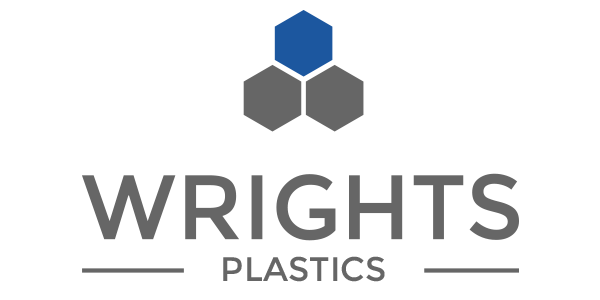Rapid plastic prototyping is often regarded as the result of additive manufacturing (commonly termed 3D printing) technologies. 3D printing might well deliver a part that helps check form, function, and fit—but, with the increasing sophistication of other ‘traditional’ processes, where a project has other aims or KPIs then alternative methods might offer a better solution.
CNC machining can be as rapid as 3D prototyping. Using an expert team and the most up-to-date equipment will help reduce the speed of prototyping even further. With the growth in demand for rapid plastic prototyping since 3D printing went mainstream, many manufacturers of traditional plastic forming machinery have built-in processes and software to ensure they can match the speed and accuracy of 3D printers. So for example rapid tool changing functionality aims to reduce speed of prototyping.
CNC machining will deliver prototypes that have the same physical properties and surface finish as the finished part, most often in the same material – offering the clearest proof (or otherwise) of its suitability for manufacturing. Functional prototyping is ideal for CNC machining. Even when the prototyping technology takes a little longer it can deliver more useful data in terms of the conformance characteristics of the prototypes in question, as well as their manufacturability. Plus, as the number of required prototypes mount, the added cost is spread over an increased number of prototype parts.
The choice of which method to use to achieve rapid plastic prototyping is not just confined to processes. It will also include trust in the expertise of the supplier. Extensive manufacturing experience within a given sector may pay dividends in the overall development of a satisfactory product – even if the actual manufacturing process takes slightly longer. An indepth knowledge of plastics and their capabilities and limitations that can pay dividends from the outset.


Recent Comments